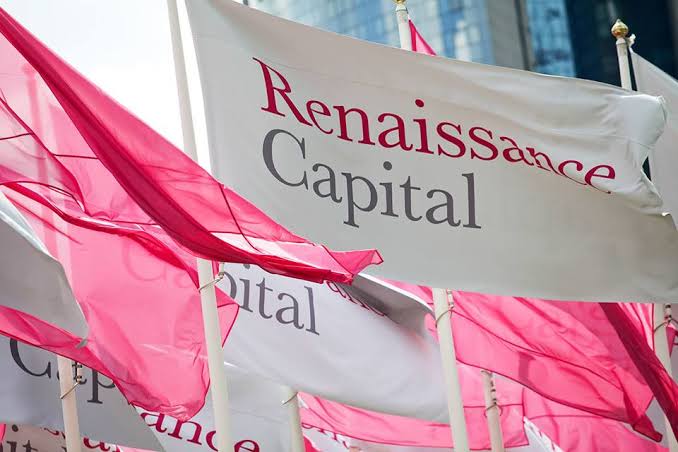Africa Global Funds
Anna Lyudvig
Frontier funds are currently very underweight with just 1.8% in Morocco, but may increase their exposure when its weight in the MSCI Frontier Index increases, according to Renaissance Capital.
Daniel Salter, Head of Equity Strategy at Renaissance Capital said that it is largely based on valuation grounds, but funds “may look again at Morocco when its weight in the MSCI Frontier Index jumps from the current 9.2% of MSCI Frontier to 14.6% in May.”
“We expect continued stability in the fairly valued currency. Morocco is the ‘China’ of Africa. It has done well since the fertility rate fell below three children per woman 20 years ago, which has led to a savings boom, low interest rates and high investment. Its companies and banks have the funding needed to expand across the African Union (AU), which it joined in 2017,” he said.
“To achieve or better the 4.5% GDP growth target we have, we suspect Morocco needs more FDI to double its export/GDP ratio to around the 45% level we see in Poland. In addition, the employment ratio probably has to rise from under 50% to the above-70% levels of the EU, which means bringing more women into the workforce. Progress on either could see growth average 4-5% in the next five years, in our view, and 5-6% in the late 2020s and 2030s,” he added.
When speaking about Egypt, Salter said that most GEM funds continue to have no exposure to Egypt, but Egypt is well owned by FM funds (average allocation 10% in off index Egypt.
“Only 26% of actively managed GEM funds we monitor have any exposure (Egypt is just 0.14% of MSCI EM). They, or local investors, will need to become marginal buyers over time for the market to break out of the trading range it has been trapped in for several quarters now. Local investors might become more tempted if the Central Bank of Egypt (CBE) cuts rates significantly,” he stressed.
Nevertheless, Salter said: ‘Egypt remains a reform story we favour in emerging markets (EM), and we have turned more bullish on the currency for 2020. We have reduced our current account (C/A) deficit forecast for 2020 and flipped our view on portfolio flows from outflows to inflows for the 2020/2021 fiscal year. We think a dovish Fed and ECB will maintain appetite for Egyptian bonds.”
“We now forecast a stable Egyptian pound in 2020 and only minor depreciation in 2021. This does mean the pound’s overvaluation may increase from 14% to around 20% over 2020-2021 (or tomorrow if the currency trades stronger than EGP15/$). We think Egypt is the country most likely to outperform our demographic model. We still recommend an overweight position in the bonds (hard and local) as well as equities.”
“The currency achieved an energy balance in terms of oil/gas imports and exports in 2018/2019, so the main threats to our views are aggressive Fed hikes, a surprising jump in inflation back to double digits, or excessive interest rate cuts.”
Overall, Renaissance Capital remains positive on Egyptian and Moroccan macro.
Charles Robertson, Chief Economist at Renaissance Capital said: “Algeria, Egypt, Morocco and Tunisia can deliver 4.5-5.5% GDP growth every year until 2025 and 4-5% in the following decade, based on the demographic model we developed in 2019. We think North Africa will lead the second wave of Africa’s industrialisation, helped by adult literacy above 70% and plentiful electricity.”
“Proximity to the EU and wage levels in Egypt, Morocco and Tunisia, which are 20-50% of central European levels and 7-17% of France’s level, means foreign direct investment (FDI) should continue to flow to Morocco and manufacturing FDI might soon begin in Egypt too,” he added.
Renaissance Capital held its 2nd Annual North Africa Investor Conference in Marrakesh on January 22-23, which hosted 21 companies from across North Africa, as well as government officials, for meetings with global investors.







